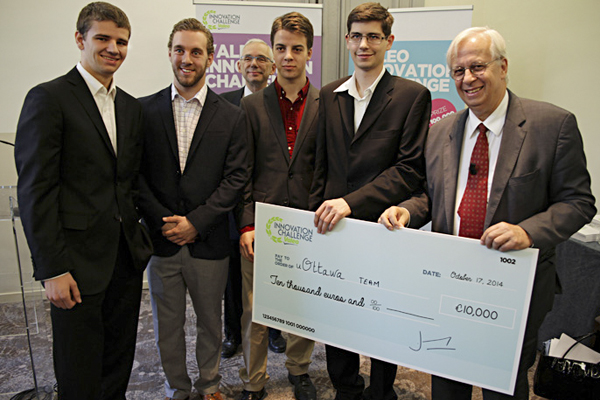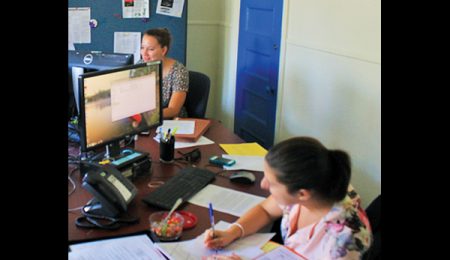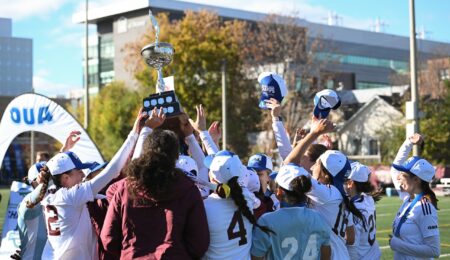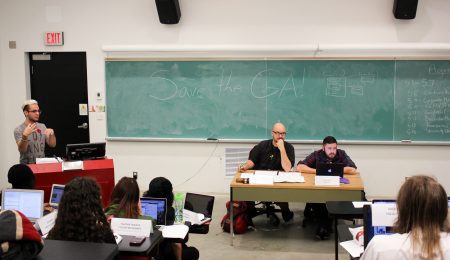Hybrid car design a winner
Photo courtesy of Riadh Habash
A group of six University of Ottawa engineering students have returned from a prize-winning bout at the Valeo Innovation Challenge in Paris, where they showed off their designs for a hybrid vehicle.
Valeo, an automotive supplier and technology company, runs the event annually, challenging students to design and develop products that will revolutionize the automotive industry by 2030. This was the first time a team from the U of O entered the competition.
The team
The group, led by Eric Vierich, consisted of Cedric Eveleigh, Shawn Bashir, Dan Lutz, Mitchell Geis, and Francis Lefebvre, all studying mechanical or electrical engineering.
Riadh Habash, an engineering professor and McLaughlin research chair in energy at the School of Electrical Engineering and Computer Science, supervised the team. He’s also part of Green Engineers, an organization on campus that promotes sustainability and renewable energy.
The project
In April 2014, the team was selected as one of 20 finalists out of 969 applicants from across the globe. They had to create a working prototype of their proposal. Valeo provided €5,000 (CAD $7,113) for the project’s construction.
The team spent the summer developing their small-scale prototype at the Brunsfield Engineering Student Projects and Entrepreneurship Centre at the Faculty of Engineering.
The students increased the efficiency of the drive train, which powers the wheels in a hybrid or electric vehicle, according to Habash. The mechanical engineering students worked on the induction motor, while the electrical engineering students developed a way to use a smartphone as the car computer.
The result
At the end of August, the students’ modifications led to a hybrid car with increased efficiency, power, and performance, with less resistance and overheating.
Laboratory results indicated the induction machine decreased battery loss by 27 per cent. Simulations showed that hybrid energy storage systems combining batteries and ultra-conductors could improve driving range by 40 per cent.
The prototype was selected as one of seven finalists to face a jury at the Paris Auto Show on Oct. 16. They tied with the University of Waterloo for second place, winning €10,000 (CAD $14,225).
The Valeo jury suggested the team further develop the induction machine, since its drawbacks included a power-hungry startup and poor voltage regulation while running.
What’s next?
Geis said to Valeo after the competition that they were “ecstatic” with their results and that their participation will “open a lot of doors.”
Habash said opportunities like this show off the skills and motivation of U of O students and the many resources available at the Faculty of Engineering.
“It was an eye-opener to see what’s possible in the automotive industry,” said Vierich. “We recommend participating in this challenge to other students, and are even thinking of competing again next year.”





